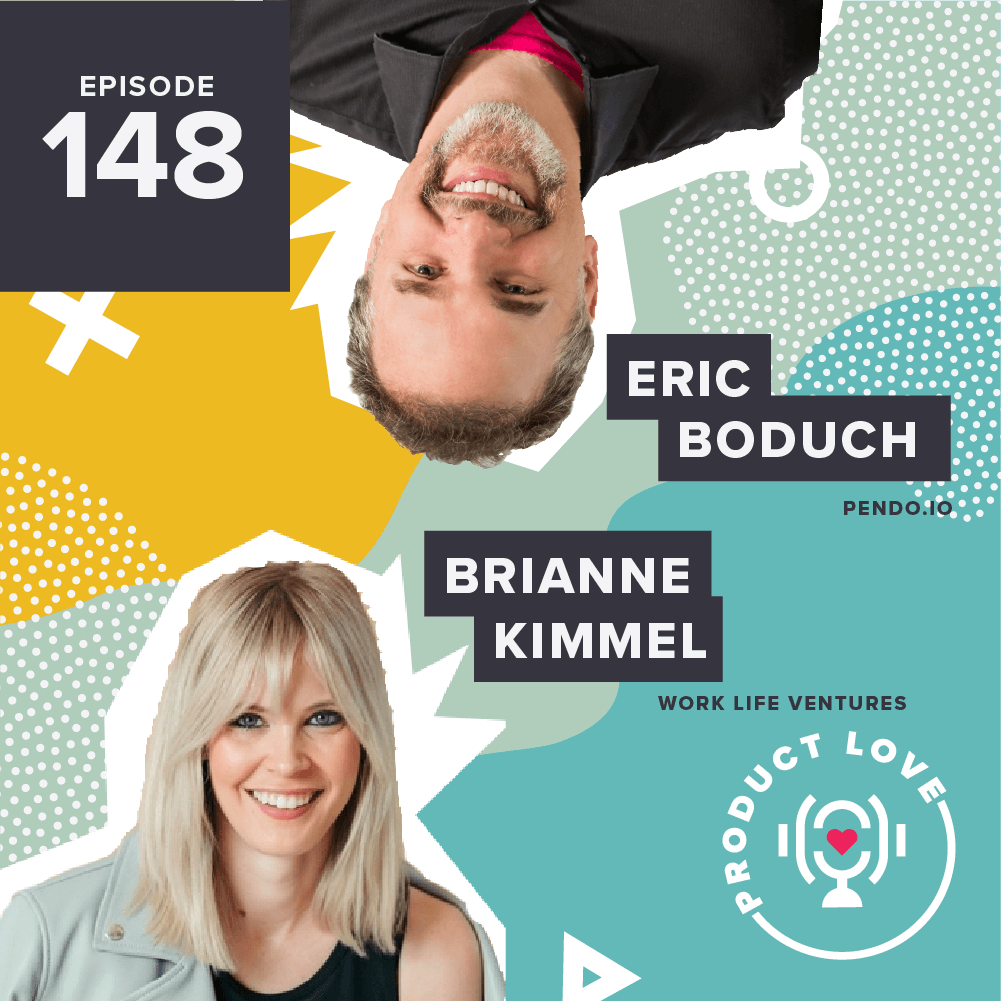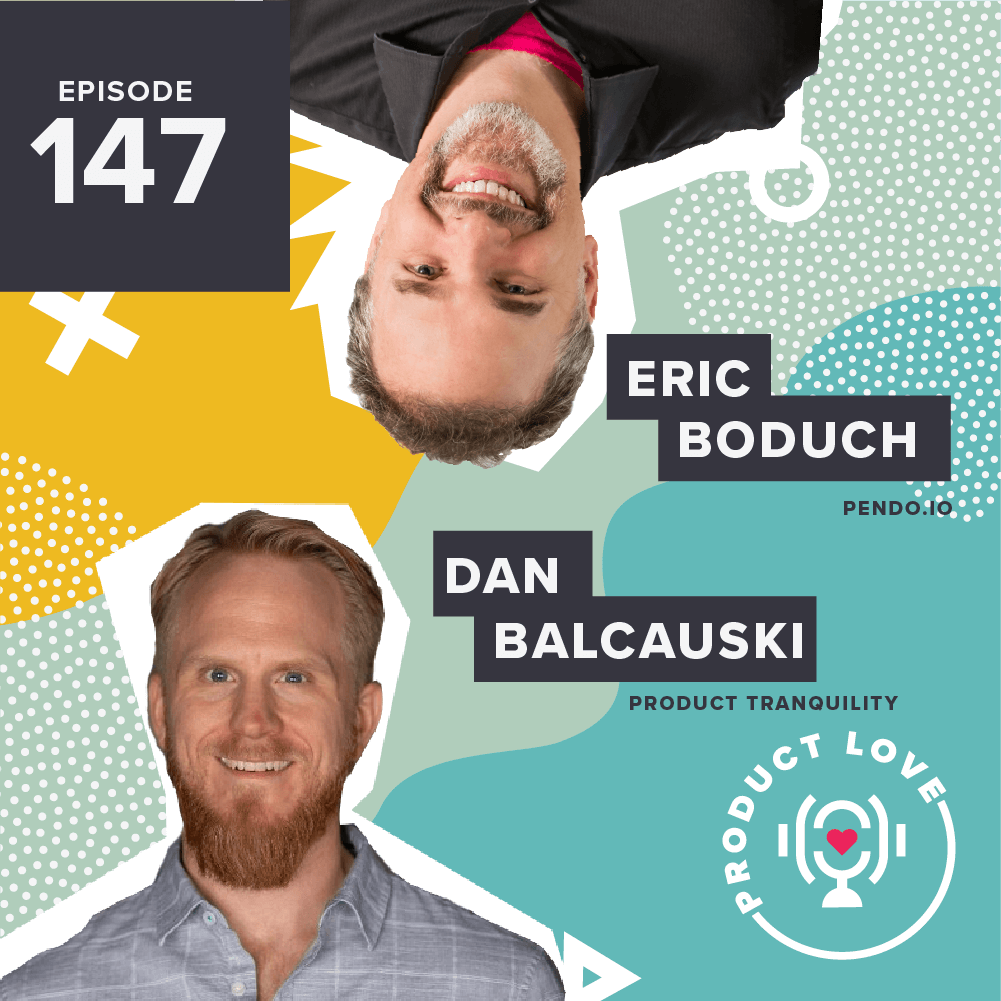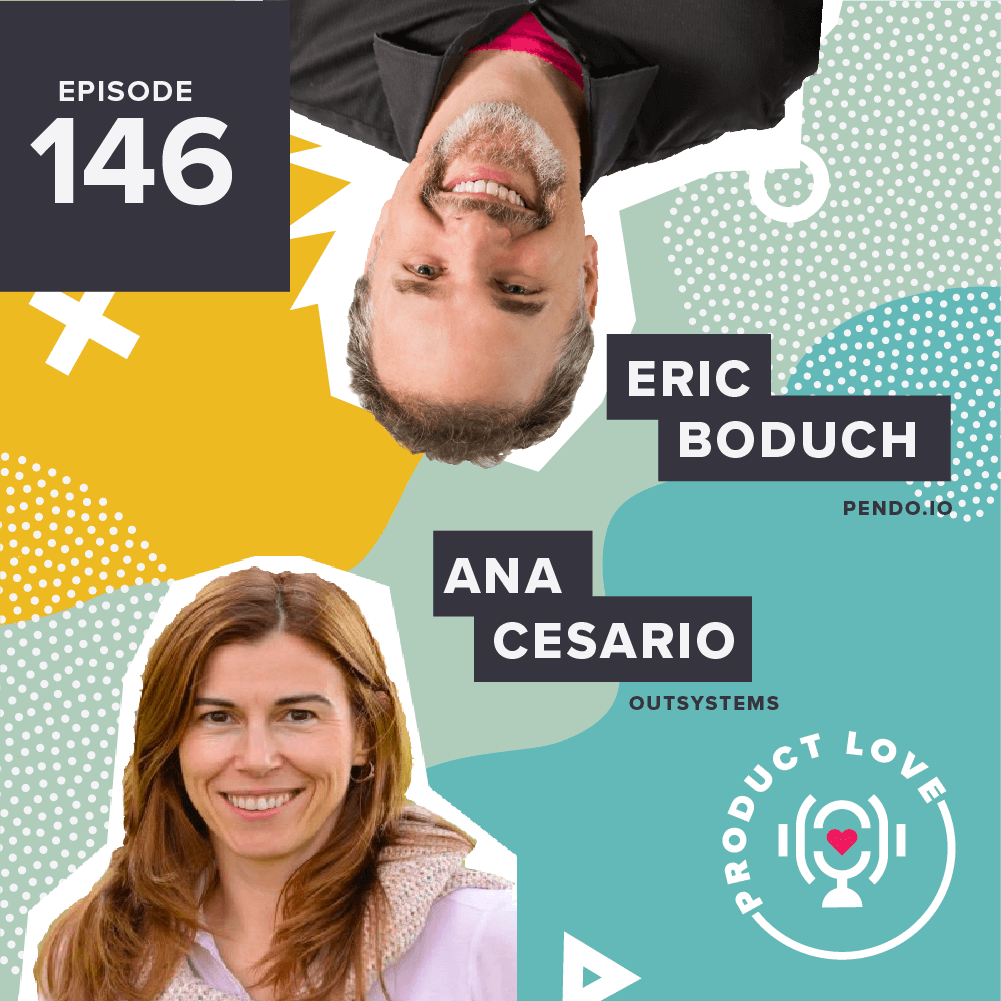Product Love Podcast: Nik Parekh, Author of The Future of Extraordinary Design
This week on Product Love, I sat down with Nik Parekh, principal design strategist at Charles Schwab (part of Aquent). He’s also the author of the book The Future of Extraordinary Design, a tool for designers to think beyond human-centered design and shape the course of human history with small decisions. Before joining Charles Schwab, he worked at companies like Delta, Chase, and Samsung Next.
Everyone knows that product and design are natural collaborators. They depend on each other to make the next great product or user experience. But it’s important that they understand each other’s fields and how they can better one another. Product managers, remember that design isn’t simply a stakeholder you have to strategize around — they’re a partner. And design isn’t just how things look. It’s how things work.
In this episode, Nik and I discussed customer experiences, building relationships, and standardization.
Designing relationships with customers
Nik worked on a project where he had to come up with a design for Chase bank branches in 2023. You might immediately picture a very futuristic design, featuring AI technology and a self-serve experience. Sure, that could work. But Nik felt it should never be about a bunch of fancy gadgets. Instead, he and his team focused on crafting an educational space.
Banks have changed. The financial services industry is moving towards a digital experience that helps customers do transactions online, apply for mortgages online, and even talk to agents online. But consumer behavior has changed as well. People want to be part of the bank, as a kind of partner. Therefore, not only do they want an educational atmosphere, but a community-focused one as well.
This requires a lot of empathy on the design side. Nik referenced Capital One as a great example, where they created coffee shops that helped to take their banking experience to another level. Customers are always welcome to open a casual conversation about opening a credit card or getting a mortgage. It’s less formal and feels more natural.
The future of the banking branches is continuing to drive value around the customer experience and building strong relationships with them. This also means that goal-based outcomes are better incentives than cash-based ones. For example, it’s not enough that customers can get a few dollars more by using your product. They should be able to accomplish their goals using their product, and that has more weight than extra cash.
The standardization of design
Nik isn’t a huge fan of standardized design. Back in the day, companies wanted designs that could make expansion fast and easy, meaning the design had to be replicated easily all around the world. But trends are changing, and people are more interested in their own local environments and communities. People want local, artisan, and hand-made items, and products that would fit into the fabric of their everyday lives.
Nik raises Uber as an example. They designed this app in San Francisco and standardized its design around the world. It’s harder to create community or empathy that way because they so blatantly stand out. Apple does a good example of blending into their surroundings. According to Nik, Apple hires local designers and architects with their store designs so they blend into the fabric of the community. Good design is always dynamic, contextual, and relative.
In Dubai, for example, Apple stores have more of an Arabic design. In one Brooklyn neighborhood, the Apple store doesn’t have the luminescent design of the logo, so it doesn’t even look like an Apple store when you pass by.
Want to know more about why design should learn more about the business side of the org? Or how product managers can use service design in their products? Check out the episode above.


